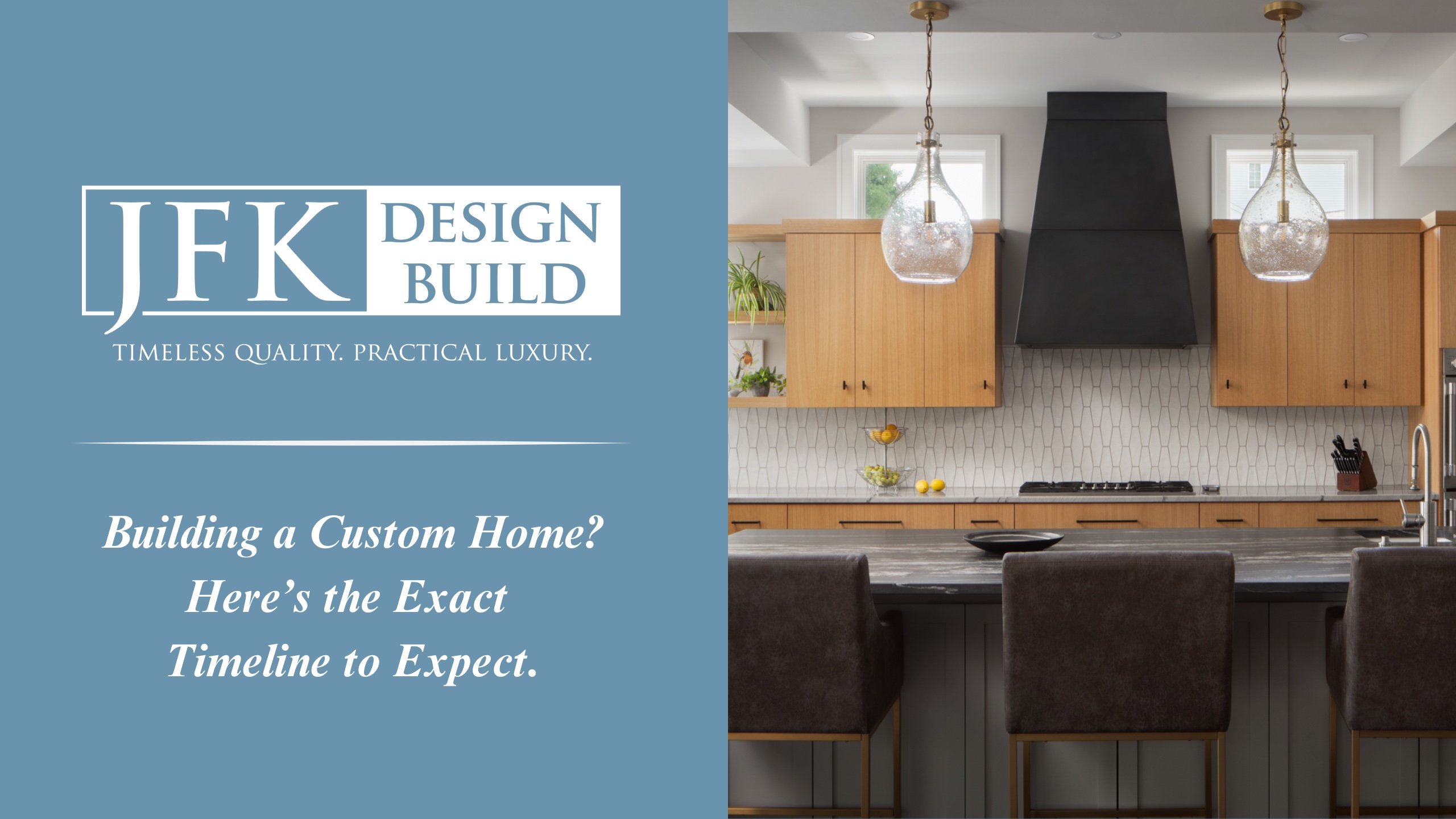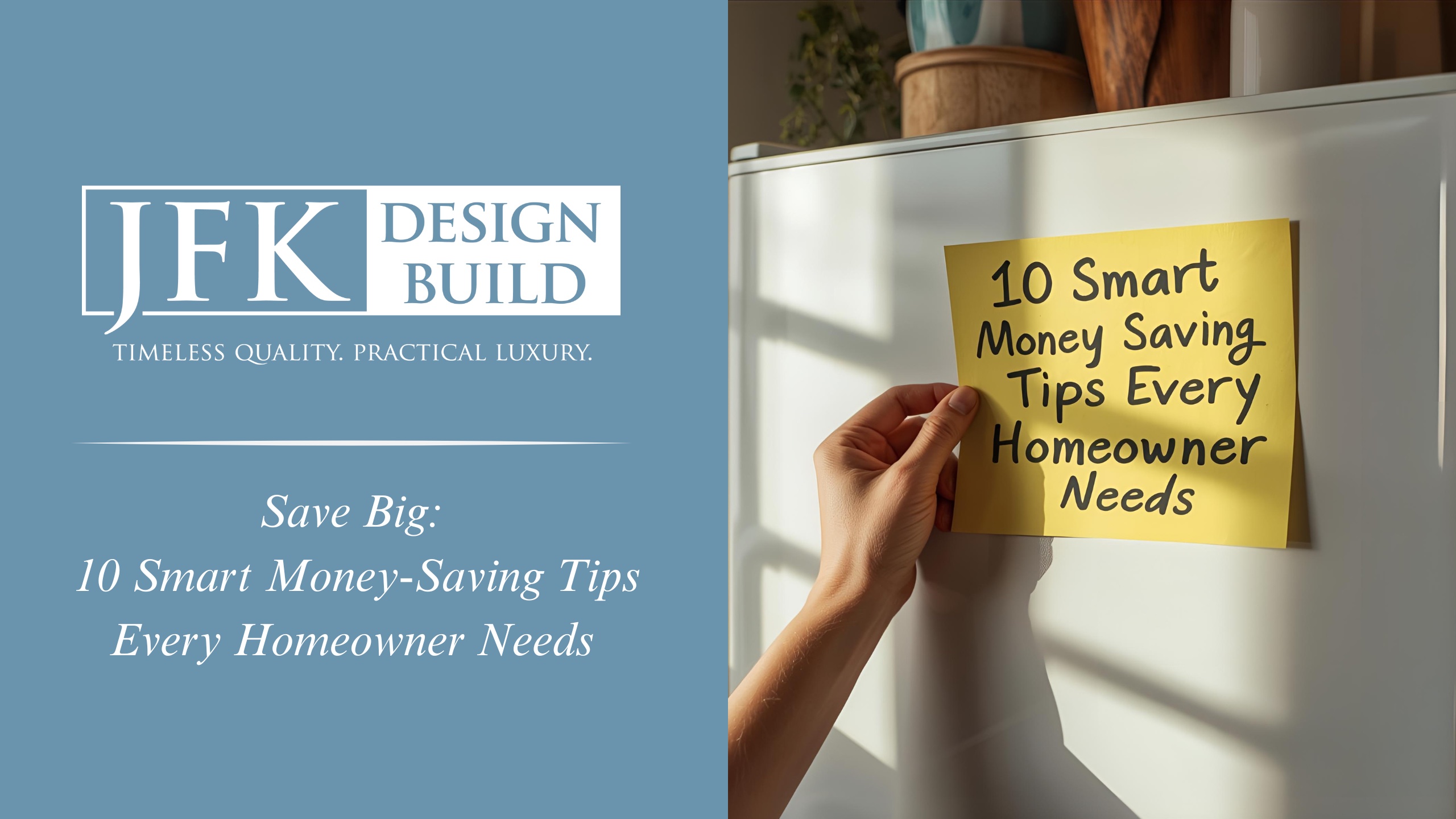Building your dream home is one of the most exciting times of your life, but it also comes with some complicated project nuances. One of the first is understanding the difference between design-build (DB) and design-bid-build (DBB). These are two ways of delivering a construction project, and involve different roles and responsibilities for the owner, the designer, and the contractor. Before you get the ball rolling on your custom home, it pays to take some time to understand the difference so you are better prepared for the entire process ahead of you.
What is Design-Bid-Build?
The design-bid-build approach is one of the more traditional routes for project delivery on custom homes. This route means you start by hiring an architect or designer to draft the plans for your dream home. Once the designs are finalized, you shop those plans around among construction contractors to obtain bids. This setup keeps the design phase of custom home building and the construction phases totally separate, with different parties responsible for each phase.
Pros of Design-Bid-Build:
- Control Over Design: You have the ability to choose a specific designer based on their style, previous work, or reputation, ensuring the design aligns precisely with your vision.
- Cost Effectiveness: With contractors bidding on the construction, you might find more competitive pricing, potentially lowering your project costs.
Cons of Design-Bid-Build:
- Longer Timelines: DBB’s sequential nature can lead to longer project durations and lengthy delays, as you must wait for design completion before beginning the bid process and, finally, the building phase.
- Complexity in Management: Juggling separate contracts for design and construction can complicate communication and increase the likelihood of conflicts or issues.
Why Design-Build is Different
Simply put, Design-build is a more streamlined approach to custom home building. One entity, the design-builder, manages both phases of your project. This method promotes collaboration between owner and builder every step of the way. This is perfect for prospective owners of custom homes who prefer to keep all their proverbial “eggs” in one basket and don’t have time to sort through an endless sea of contractor bids. Instead of trying to balance costs and quality with minimal information about each builder, you’re able to focus more on your new home and less on an endless list of to-dos.
Pros of Design-Build:
- Simplified Communication: You only need to communicate with one entity, making the process more straightforward and less susceptible to errors.
- Quicker Completion: The overlapping of design and construction phases can significantly reduce the timeline, allowing you to enjoy your new home sooner.
- Stronger Connections: Working with a single team from the conceptualization phase to turning the key in the door for the first time means you’re working with a team who understands you, your family, and what you envision when you imagine your dream home.
Cons of Design-Build:
- Limited Price Competition: Since there’s no bidding phase, you could face slightly higher prices due to less competition among contractors.
- Fast-Paced Decisions: The design-build approach accelerates the project timeline by blending the design and construction phases. This efficiency requires decisions to be made quickly, which may be a new experience for some clients. While this ensures a faster completion time, it also means clients need to be prepared to make timely decisions to keep the project moving smoothly.
Which Choice is Right for You?
There’s no one-size-fits-all answer to this question; too many variables are unique to you and your household. Both design-bid-build and design-build offer a host of benefits, but the best choice is the one that fits your specific needs, timeline, and desired level of involvement with the process. Some people prefer to manage all the details themselves and thrive in the chaos of juggling multiple points of contact and multiple timelines for a single, massive project. For others, a quicker timeline and a less personally labor-intensive approach during the construction phase are the best choices.
Before making your own decision, it’s best to consider how each option aligns with your priorities for building your custom home. Remember, selecting the right delivery method is just the beginning. If you’re considering the design-build approach, along with streamlined coordination and expert management of both design and construction, it might just be what brings your vision to life elegantly and efficiently.
The Next Step Toward Your Dream Home
Choosing the right construction method is crucial, but choosing the right partner to bring your vision to life is just as vital. If you’re leaning toward the streamlined, lower-stress option offered by the design-build approach, partnering with a seasoned expert in the field can make all the difference.
JFK Design Build stands as a leader in the design-build industry, specializing in combining innovative, collaborative design, and efficient construction practices. Our team ensures flawless integration of design and construction, all tailored to each individual client’s unique needs and preferences.
JFK Design Build can bring your dream home to life with a proven track record in design-build excellence. Get in touch with our team to get one step closer to bringing this vision to reality.





